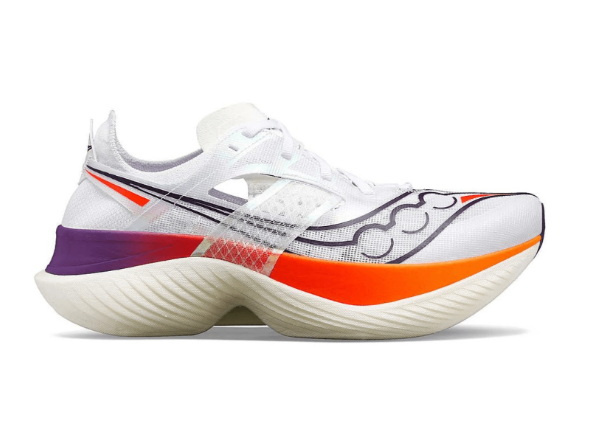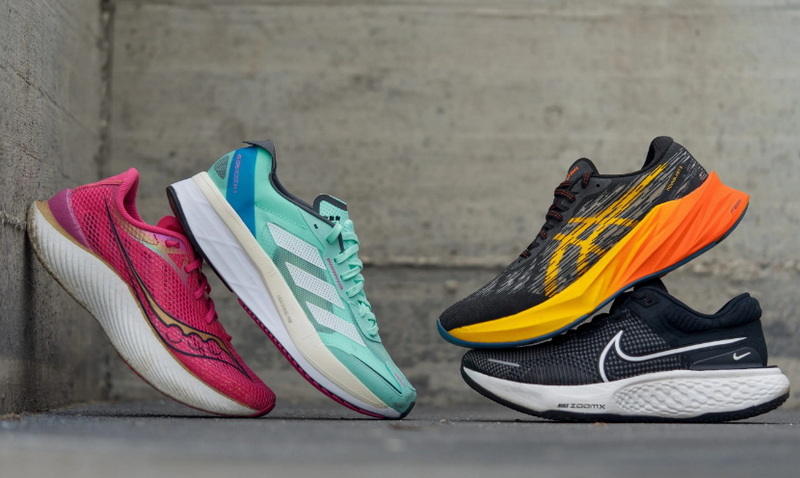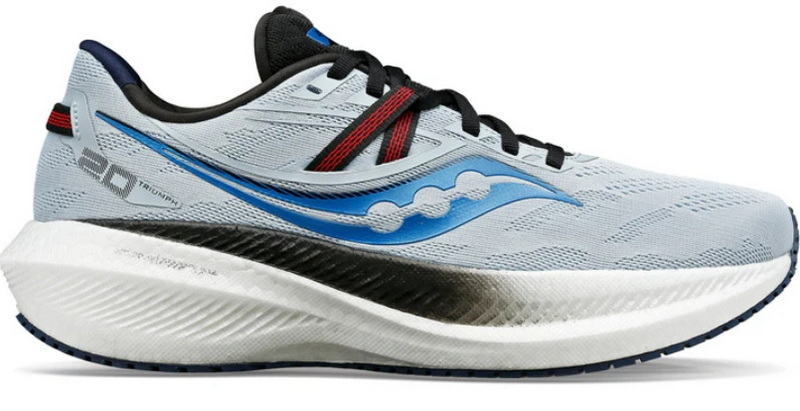Content Menu
● Understanding Shoe Size Overlap Between Women and Kids
>> Size Conversion Basics
>> Differences in Shoe Shape and Fit
● Why Women Choose to Wear Kids' Shoes
>> Cost Savings
>> Availability of Styles and Sizes
>> Fit for Petite Women
● Potential Drawbacks and Health Considerations
>> Material Quality and Durability
>> Lack of Proper Support
>> Fit and Comfort Issues
● Expert Insights and Research Findings
● Practical Tips for Women Considering Kids' Shoes
● How to Convert Women's Shoe Sizes to Kids' Sizes
● Fashion and Style Considerations
● Conclusion
● FAQ
>> 1. Can all women wear kids' shoes comfortably?
>> 2. Are kids' shoes less durable than women's shoes?
>> 3. How do I convert my women's shoe size to a kids' shoe size?
>> 4. Is it safe to wear kids' shoes for running or sports?
>> 5. Can wearing kids' shoes cause foot problems?
● Citations:
In the world of footwear, sizing and fit are crucial factors that influence comfort, style, and cost. A question that often arises is whether women, especially those with smaller feet, can wear kids' shoes. This topic has gained attention due to the overlap in shoe sizes between women's and children's footwear, potential cost savings, and availability of styles. This article explores the practicality, benefits, drawbacks, and considerations for women wearing kids' shoes, supported by expert insights, sizing conversions, and health implications.

Understanding Shoe Size Overlap Between Women and Kids
Size Conversion Basics
In the US shoe sizing system, there is a notable overlap between women's shoe sizes and "big kids" sizes. Typically, women's sizes 5 to 8.5 correspond roughly to children's sizes 3 to 6.5, though the exact conversion can vary by brand and shoe type. A simple rule of thumb for converting women's sizes to kids' sizes is:
Women's size minus 1.5 to 2 = Kids' size
For example, a women's size 7 would be approximately a kids' size 5 to 5.5[1][4][6].
Differences in Shoe Shape and Fit
While the length of the shoe may correspond, the shape and design of kids' shoes differ from women's shoes. Women's shoes tend to be narrower with a more tapered toe box, whereas kids' shoes are generally wider with a rounder toe box to accommodate growing feet. This difference means that even if the size fits, the shoe may feel different in width and overall comfort[1][2].
Why Women Choose to Wear Kids' Shoes
Cost Savings
One of the primary reasons women opt for kids' shoes is the price difference. Kids' shoes are often $10 to $20 cheaper than comparable women's shoes, making them an attractive option for budget-conscious shoppers. Additionally, in some regions, kids' shoes are exempt from sales tax, further reducing the cost[1].
Availability of Styles and Sizes
Certain brands or styles may be sold out in women's sizes but still available in kids' sizes. This expands the shopping options for women, especially those with smaller feet who struggle to find their size in adult shoes. Some women also prefer the designs available in kids' shoes, which can be more playful or trendy[1][4].
Fit for Petite Women
Women with smaller feet, often sizes 5 or below, may find it difficult to locate women's shoes that fit well. Kids' shoes provide an alternative that fits their foot length better, especially for casual footwear like sneakers and sandals[1][2].
Potential Drawbacks and Health Considerations
Material Quality and Durability
Kids' shoes are designed for children whose feet grow rapidly. Therefore, manufacturers often use less durable materials and lighter support structures since the shoes are expected to be outgrown quickly. For adults, this can mean reduced longevity and less protection for the feet[1][3].
Lack of Proper Support
Adult feet, especially women's feet, require adequate arch support, cushioning, and stability. Kids' shoes may not provide the necessary support, potentially leading to foot, leg, or back problems if worn regularly for extended periods. This is particularly important for women who are on their feet a lot or engage in physical activities[1][3].
Fit and Comfort Issues
Because kids' shoes are wider and have a different shape, women with narrow feet may find them too loose, leading to discomfort or blisters. Conversely, women with wider feet may benefit from the extra width but should still consider the lack of adult-specific foot support[1][2].

Expert Insights and Research Findings
A 2017 study focusing on women with smaller feet revealed that their foot shape differs from children's feet and from scaled-down adult foot models. This suggests that simply wearing children's shoes may not provide the best fit or comfort for adult women. The study emphasized the need for shoe designs specifically tailored to women with smaller feet to avoid discomfort and potential foot issues[2].
Professionals in shoe design caution that while kids' shoes may seem like a cost-effective solution, the compromise on material quality and foot support can lead to long-term health consequences[1][3].
Practical Tips for Women Considering Kids' Shoes
- Measure Your Feet Accurately: Use a foot measuring tool or consult a shoe size chart to determine your exact foot length in centimeters. This helps in selecting the correct kids' size equivalent[4][5].
- Try Shoes On: Whenever possible, try on kids' shoes to assess comfort, fit, and support. Pay attention to width and toe box shape.
- Consider Intended Use: Kids' shoes may be suitable for casual wear or occasional use but are not recommended for high-impact activities or prolonged wear.
- Add Orthotic Inserts: If you choose kids' shoes, consider adding orthotic insoles to improve arch support and cushioning.
- Check Brand Differences: Shoe sizing and fit vary by brand, so consult specific size charts and reviews.
How to Convert Women's Shoe Sizes to Kids' Sizes
| Women's US Size | Kids' US Size (Big Kids) | Foot Length (cm) |
| 5 | 3 | 21.6 |
| 6 | 4 | 22.9 |
| 7 | 5 | 24.1 |
| 8 | 6 | 25.4 |
| 8.5 | 6.5 | 25.7 |
This table illustrates the approximate conversion and foot length equivalence[4][6].
Fashion and Style Considerations
Women who wear kids' shoes sometimes face social perceptions about style appropriateness. However, many embrace the fun and youthful designs available in kids' footwear. The trend of women wearing kids' shoes is gaining acceptance, especially in casual and sporty contexts. Some women even share their positive experiences online, noting the comfort and uniqueness of kids' shoe styles[1].
Conclusion
Women can wear kids' shoes, especially those with smaller feet, by converting their women's shoe size to the corresponding kids' size. This practice offers benefits such as cost savings and access to different styles. However, there are important considerations regarding fit, support, and durability. Kids' shoes are generally wider and less supportive than adult shoes, which can affect comfort and foot health if worn extensively. Women interested in wearing kids' shoes should measure their feet carefully, consider the intended use, and possibly use orthotic inserts for added support. Ultimately, wearing kids' shoes can be a practical and stylish option when approached thoughtfully.

FAQ
1. Can all women wear kids' shoes comfortably?
Not all women can wear kids' shoes comfortably because kids' shoes are wider and shaped differently. Women with narrow feet may find them loose, while those with wider feet might find them more suitable. Proper measurement and trying on shoes are essential[1][2].
2. Are kids' shoes less durable than women's shoes?
Yes, kids' shoes are generally made with less durable materials since they are designed for children who quickly outgrow them. This can result in shorter lifespan and less foot support for adults[1][3].
3. How do I convert my women's shoe size to a kids' shoe size?
Subtract 1.5 to 2 from your US women's shoe size to find the approximate kids' size. For example, a women's size 7 corresponds to a kids' size 5 to 5.5[4][6].
4. Is it safe to wear kids' shoes for running or sports?
Kids' shoes usually lack the necessary support and cushioning for high-impact activities. It's better to use adult shoes designed for sports to avoid injury[1][3].
5. Can wearing kids' shoes cause foot problems?
Wearing kids' shoes regularly without proper support can lead to foot, leg, or back problems due to inadequate arch support and cushioning[1][3].
Citations:
[1] https://www.reddit.com/r/LifeProTips/comments/16fcrxn/lpt_women_with_relatively_small_feet_theres_an/
[2] https://research.polyu.edu.hk/en/publications/3d-foot-model-for-women-who-wear-smaller-size-shoes
[3] https://www.bloomberg.com/news/newsletters/2024-05-17/why-buying-kids-shoes-as-an-adult-is-bad-for-your-feet
[4] https://www.sierra.com/blog/lifestyle/find-youth-equivalent-womens-shoe-sizes/
[5] https://www.keenfootwear.com/blogs/keen-blog/faq-how-to-convert-shoe-sizes
[6] https://www.famousfootwear.com/kids-shoe-size-chart
[7] https://www.rei.com/learn/expert-advice/understanding-kids-shoe-sizes.html
[8] https://www.hibbett.com/blog-expert-advice/how-to-convert-womens-to-kids-shoe-sizing.html
[9] https://www.lauriesshoes.com/top-trends-in-kids-footwear-for-the-upcoming-season/
[10] https://nymag.com/strategist/article/best-shoes-for-kids-adults.html
[11] https://www.famousfootwear.com/browse/shoes/kids/girls/sneakers-and-athletic-shoes/lifestyle-and-fashion-sneakers
[12] https://support.newbalance.com/s/article/NBUS-How-to-Convert-Your-Women-s-Shoe-Size-to-a-Men-s-Shoe-Size
[13] https://www.nike.com/size-fit/kids-footwear
[14] https://www.patpat.com/blog/top-kids-shoes-trends.html
[15] https://ira.lib.polyu.edu.hk/bitstream/10397/102247/1/CTFTTE.MS.ID.555570.pdf
[16] https://www.kaileep.com/blogs/news/2025-kids-shoes-trends
[17] https://www.orangeinsoles.com/blogs/news/can-adults-with-small-feet-wear-kids-shoes
[18] https://www.mumsnet.com/talk/style_and_beauty/3568862-Can-I-wear-childrens-shoes
[19] https://ecommercefastlane.com/kids-shoe-trends/
[20] https://www.patpat.com/blog/top-trends-in-kids-shoes-to-pair-with-their-outfits.html

















